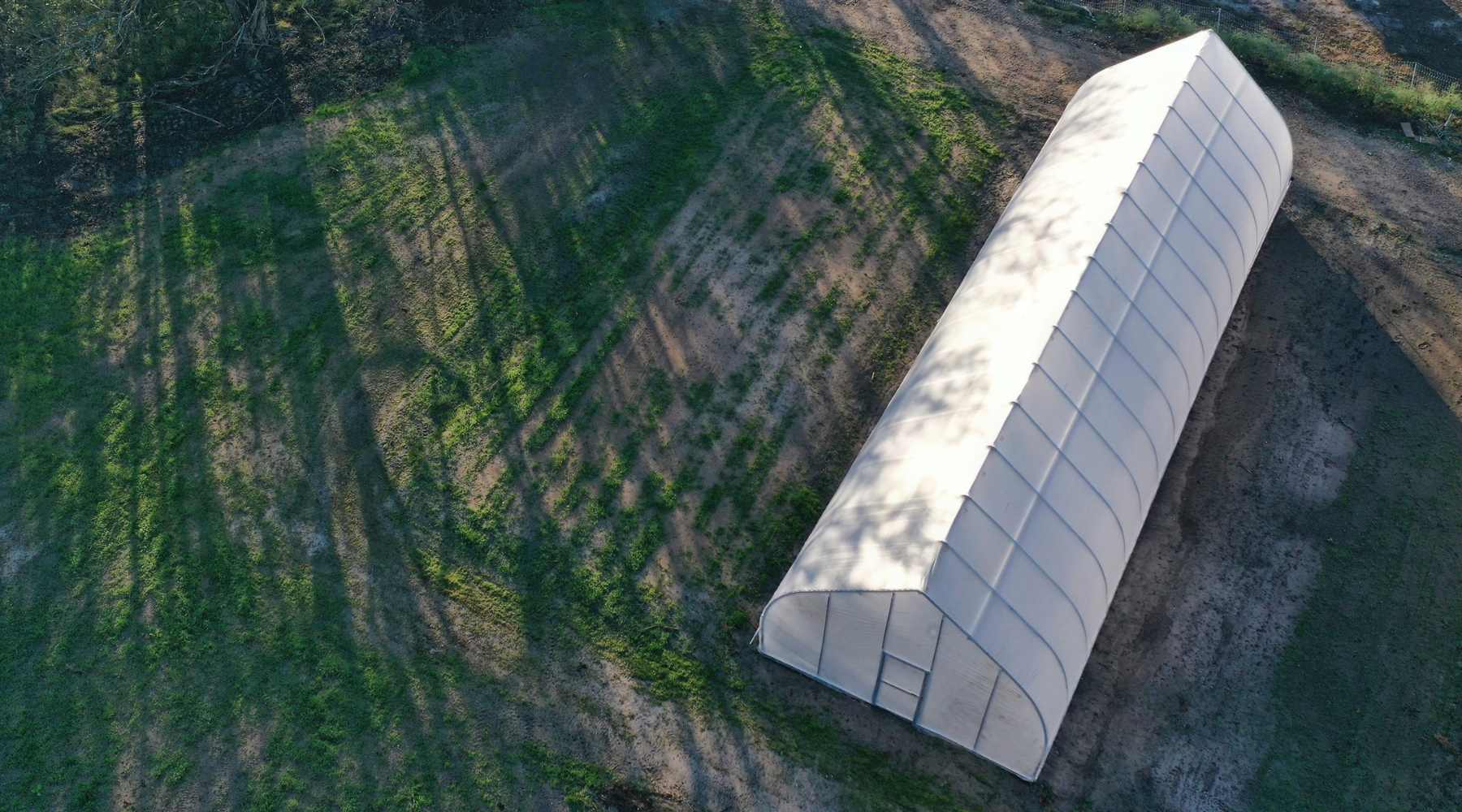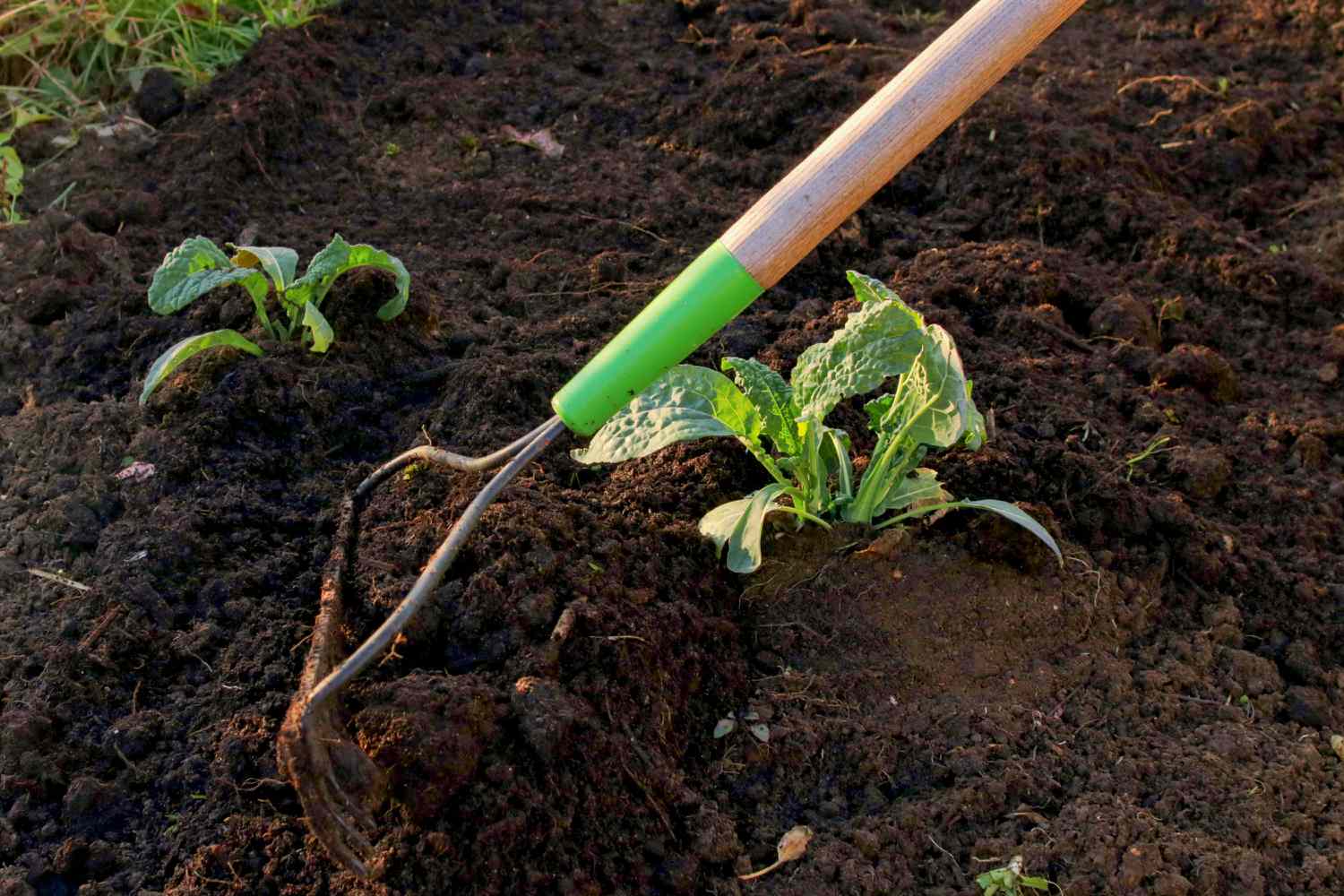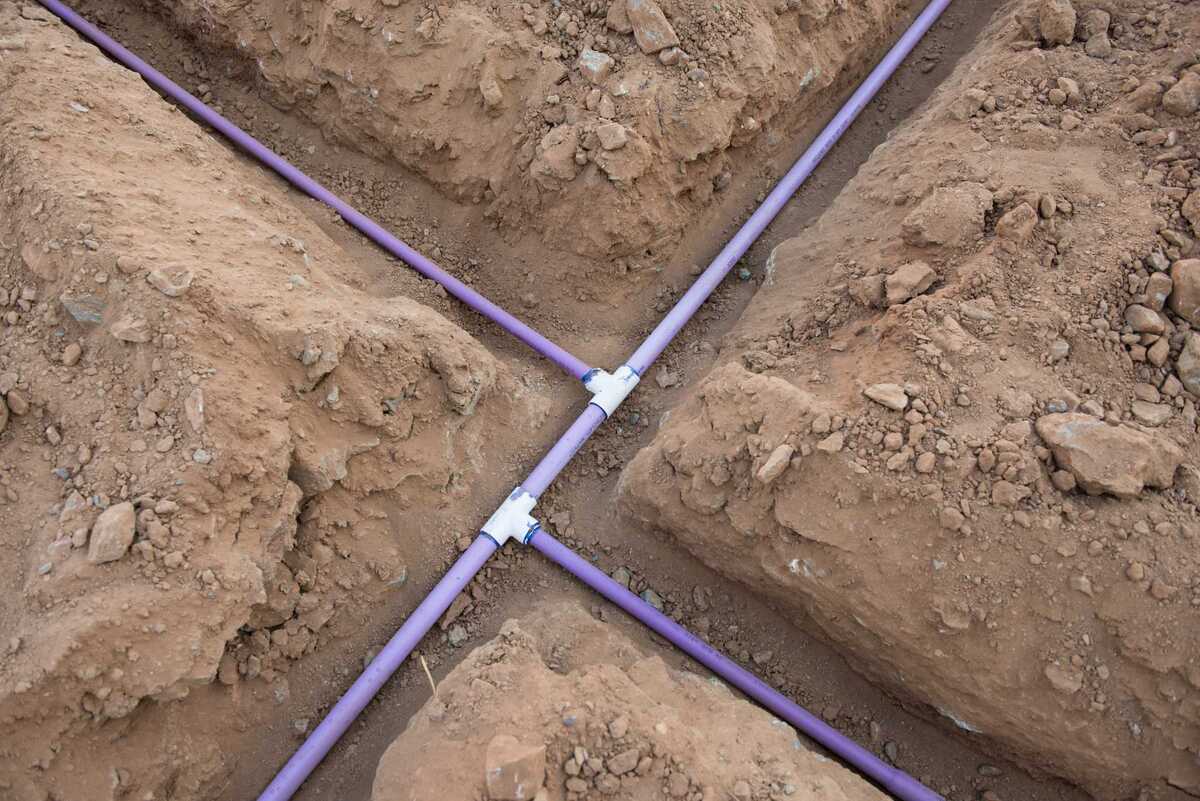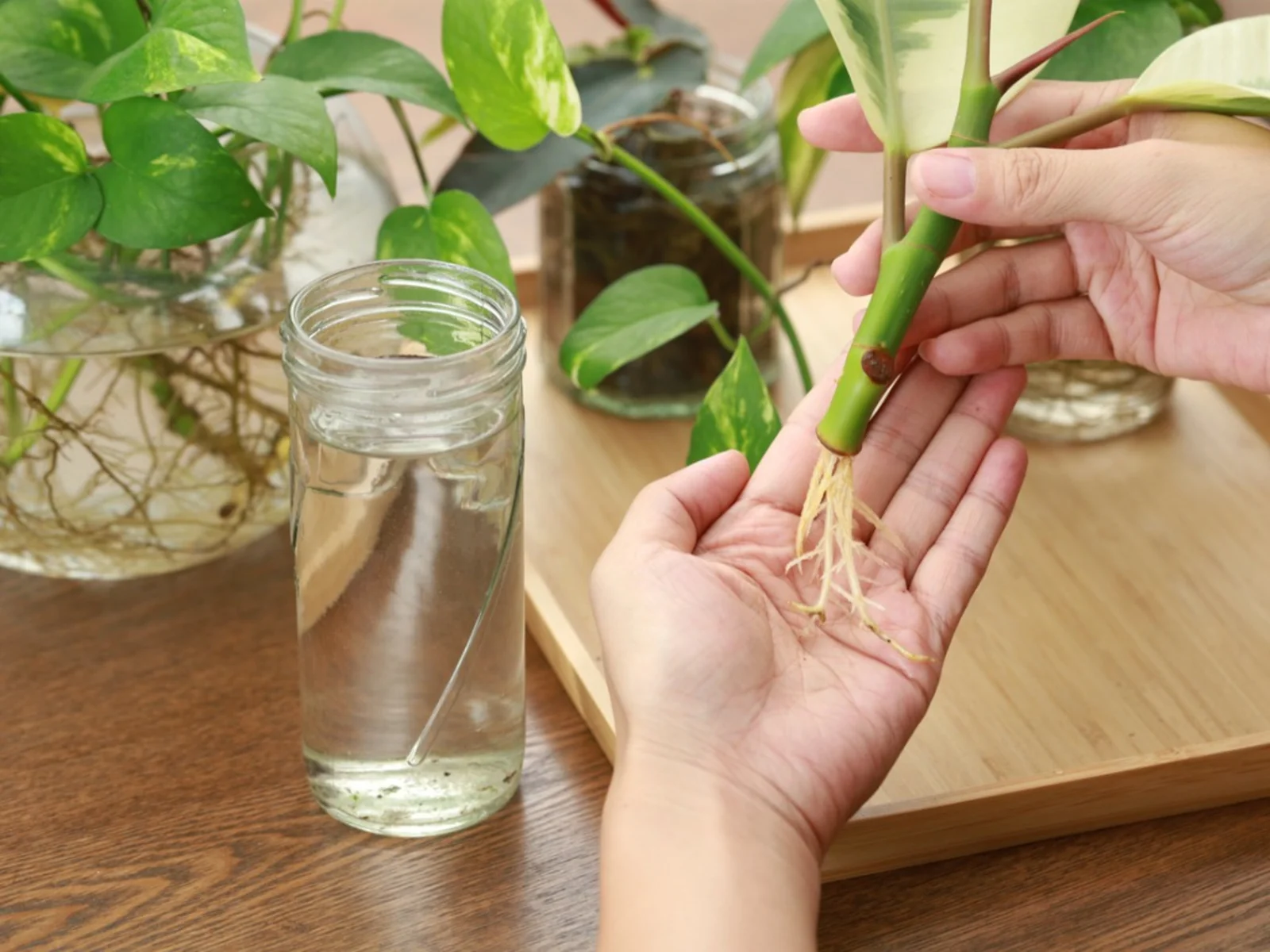Home>Gardening Tips and Tricks>Eco-Friendly Gardening>How Thick Should Polycarbonate Be For A Greenhouse
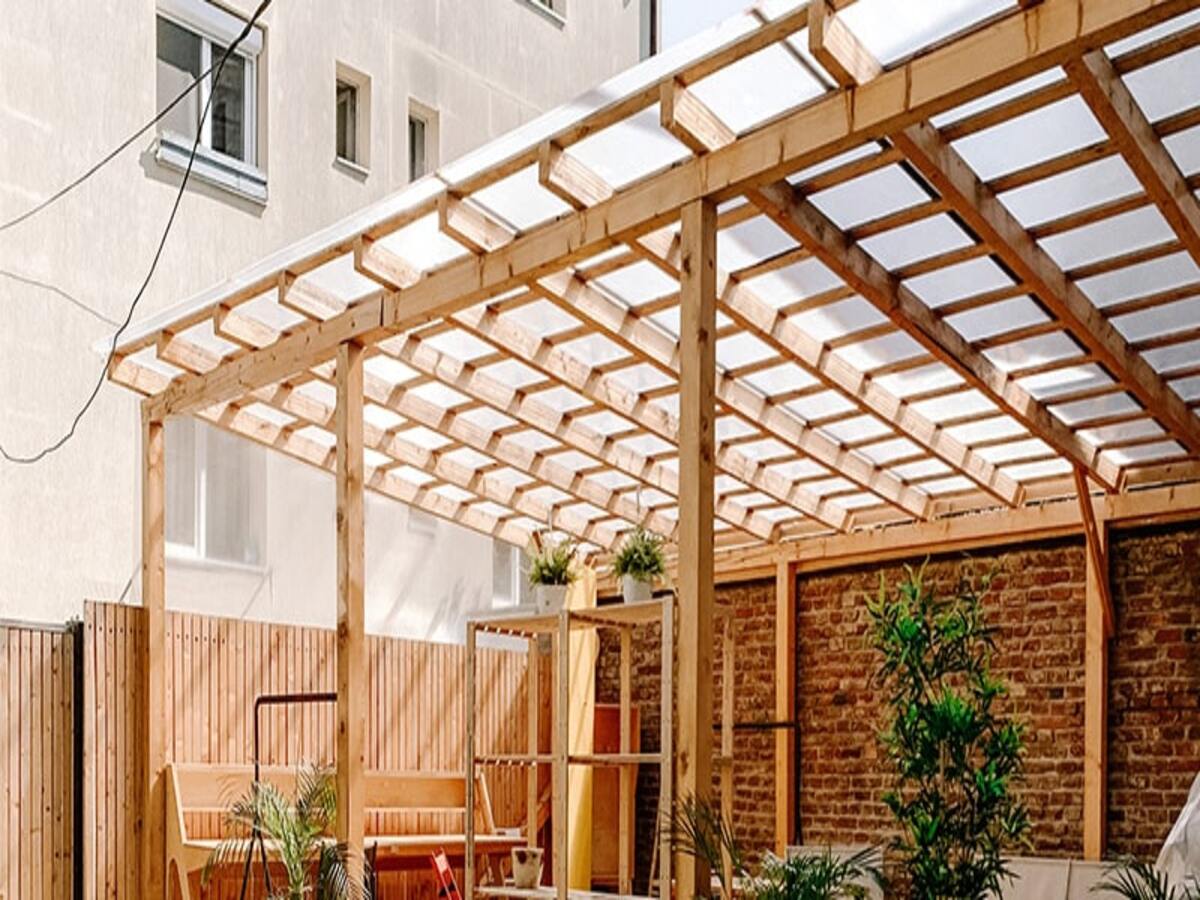

Eco-Friendly Gardening
How Thick Should Polycarbonate Be For A Greenhouse
Modified: January 22, 2024
Discover the ideal thickness of polycarbonate for an eco-friendly greenhouse. Optimize your gardening with this informative guide on eco-friendly materials and practices.
(Many of the links in this article redirect to a specific reviewed product. Your purchase of these products through affiliate links helps to generate commission for Chicagolandgardening.com, at no extra cost. Learn more)
Table of Contents
Introduction
Welcome to our comprehensive guide on determining the appropriate thickness of polycarbonate for your greenhouse. As environmentally-conscious gardeners, it’s essential to make informed decisions when it comes to the materials we use. Polycarbonate, a durable and versatile material, has gained popularity in greenhouse construction due to its numerous benefits.
Polycarbonate is a transparent, lightweight, and impact-resistant material that provides excellent insulation and UV protection for plants. Choosing the right thickness of polycarbonate for your greenhouse is crucial, as it directly affects its durability, insulation capabilities, and ability to withstand environmental elements.
In this guide, we will explore the factors to consider when determining polycarbonate thickness for your greenhouse, such as climate conditions, snow load, wind load, light transmission, and cost considerations. By the end, you’ll have a comprehensive understanding of how to select the optimal thickness of polycarbonate for your eco-friendly gardening needs.
Whether you’re a seasoned gardener looking to upgrade your existing greenhouse or a beginner starting from scratch, this guide is designed to empower you with the knowledge needed to make well-informed decisions. So, let’s dive right in and explore the importance of polycarbonate thickness for your greenhouse.
Importance of Polycarbonate Thickness for Greenhouses
The thickness of polycarbonate plays a vital role in the overall performance and longevity of your greenhouse. It directly affects the insulation capabilities, structural integrity, and the ability to withstand external forces. Let’s explore the importance of polycarbonate thickness in more detail:
1. Insulation: Polycarbonate acts as a natural insulator, trapping heat inside the greenhouse and preventing it from escaping. The thickness of the polycarbonate panels determines the thermal efficiency of the greenhouse. Thicker panels provide better insulation, ensuring a stable and favorable environment for plant growth throughout the year.
2. Durability: Greenhouses are exposed to various external elements, such as strong winds, heavy snowfall, and hailstorms. The thickness of the polycarbonate panels contributes to the overall strength and durability of the structure. Thicker panels are more resistant to impacts and less likely to crack or break under stress, ensuring a longer lifespan for your greenhouse.
3. Light Transmission: The amount of light that penetrates the greenhouse depends on the thickness of the polycarbonate panels. Thicker panels may reduce the percentage of light transmission, affecting the growth and development of plants. It’s important to find the right balance between insulation and light transmission to create an optimum growing environment.
4. UV Protection: Polycarbonate panels are designed to provide UV protection for your plants. The thickness of the panels determines the level of UV radiation that can penetrate the greenhouse. Thicker panels offer better UV protection, shielding your plants from harmful rays and reducing the risk of sunburn or damage.
5. Energy Efficiency: A greenhouse with proper insulation reduces the need for additional heating or cooling, resulting in energy savings. Thicker polycarbonate panels help maintain a stable temperature inside the greenhouse, minimizing energy consumption and reducing environmental impact.
By understanding the importance of polycarbonate thickness, you can make an informed decision that aligns with your specific gardening needs. Each greenhouse may have different requirements based on climate, location, and the types of plants being grown. In the following sections, we will delve deeper into the factors to consider when determining the appropriate polycarbonate thickness for your greenhouse.
Factors to Consider when Determining Polycarbonate Thickness
Choosing the right polycarbonate thickness for your greenhouse involves considering several factors. Let’s explore the key considerations that will help determine the appropriate thickness:
1. Climate Conditions: The climate in your region has a significant impact on the thickness of the polycarbonate panels. If you live in an area with extreme weather conditions, such as frequent hailstorms or high winds, you’ll need thicker panels to provide adequate protection and withstand the forces of nature.
2. Snow Load: If you experience heavy snowfall in your area, it’s crucial to factor in the weight of snow when selecting the thickness of the polycarbonate. Thicker panels can handle heavier snow loads without bending or breaking, ensuring the structural integrity of your greenhouse during winter months.
3. Wind Load: Similar to snow load, the wind load in your area is an essential consideration. If you reside in a windy region, thicker polycarbonate panels will be more resistant to wind pressure and less likely to get damaged or blown away. Opting for thicker panels enhances the overall stability of your greenhouse.
4. Light Transmission Requirements: The type of plants you are growing and their light requirements should be taken into account when determining polycarbonate thickness. Some plants thrive in bright, direct sunlight, while others prefer diffused light. Thicker panels may reduce light transmission, so strike a balance between insulation and sufficient light for your specific plant needs.
5. Structural Support: The design and structural integrity of your greenhouse should align with the thickness of the polycarbonate panels. Thicker panels provide added strength, ensuring that the structure remains stable and capable of supporting the weight of the panels themselves, as well as any additional accessories or equipment.
6. Cost considerations: Thicker polycarbonate panels are generally more expensive than thinner ones. It’s important to weigh the cost against the benefits and longevity you expect from your greenhouse. Consider your budget and determine the best balance between cost and performance for your specific greenhouse requirements.
By carefully considering these factors, you can make an informed decision regarding the appropriate polycarbonate thickness for your greenhouse. Next, we will explore specific considerations for climate conditions, snow load, wind load, and light transmission to guide you further in selecting the optimal thickness.
Climate Considerations
The climate in your region is a crucial factor to consider when determining the appropriate thickness of polycarbonate for your greenhouse. The climate will affect the insulation needs and the structural requirements of your greenhouse. Let’s delve into the key climate considerations:
1. Temperature Extremes: If you live in a region with extreme temperature variations, such as hot summers and cold winters, thicker polycarbonate panels will provide better insulation. They will help protect your plants from temperature fluctuations, ensuring a stable and favorable environment for growth.
2. Humidity and Moisture Levels: High humidity and moisture levels can affect the performance and longevity of polycarbonate panels. In humid regions, thicker panels are recommended to minimize the risk of condensation and moisture buildup, which can lead to mold and algae growth. Thicker panels can also resist the damaging effects of moisture, ensuring the durability of your greenhouse.
3. UV Exposure: The amount of UV radiation your region receives will impact plant growth and the overall lifespan of your greenhouse. If you live in an area with high UV exposure, thicker polycarbonate panels with enhanced UV protection are advisable. These panels will shield your plants from harmful UV rays, reducing the risk of sunburn and damage.
4. Climate Resilience: Consider the overall resilience of your greenhouse to withstand the specific climatic conditions in your area. Thicker polycarbonate panels offer better resistance against extreme weather conditions such as high winds, hailstorms, and heavy snowfall, ensuring the longevity and integrity of your greenhouse structure.
By understanding the climate considerations, you can select the appropriate thickness of polycarbonate panels that will ensure optimal insulation, protect your plants from UV rays, and provide the necessary resilience to withstand the specific climate challenges in your region. In the following sections, we will explore snow load, wind load, and light transmission considerations to help further determine the ideal thickness for your greenhouse.
Snow Load Considerations
For gardeners in regions that experience heavy snowfall, considering the snow load is essential when determining the appropriate thickness of polycarbonate for your greenhouse. Snow can exert significant weight on the structure, and without adequate support, it can result in damage or collapse. Here are the key snow load considerations:
1. Average Snowfall: Determine the average snowfall in your area to understand the amount of weight the polycarbonate panels will need to withstand. Regions with heavy snowfall typically require thicker panels to ensure the greenhouse can safely support and distribute the weight evenly across the structure.
2. Snow Density: The density of the snow can greatly impact the snow load. Wet and heavy snow weighs more than light, fluffy snow. Thicker polycarbonate panels are more resistant to the increased weight of densely packed snow, reducing the risk of bending or breaking under the load.
3. Slope of the Roof: The slope or pitch of the greenhouse roof is an important factor to consider for snow load management. A steeper roof pitch allows snow to slide off more easily, reducing the accumulation of snow and relieving the weight on the panels. Greater roof slope can compensate for slightly thinner panels.
4. Roof Reinforcement: In areas with heavy snowfall, additional roof reinforcement may be necessary, regardless of polycarbonate thickness. This reinforcement could include additional framing, trusses or strengthening elements to support the weight of the snow load and enhance the overall structural integrity of your greenhouse.
5. Local Building Codes: Always consult local building codes or regulations when constructing a greenhouse in a snow-prone area. They may provide specific guidelines for snow load requirements and the thickness of materials like polycarbonate to ensure the safety and durability of your structure.
By considering these snow load factors, you can determine the optimal thickness of polycarbonate panels for your greenhouse, ensuring it can withstand the weight of snow without compromising its integrity. It is crucial to prioritize safety and structural stability when designing and constructing a greenhouse in regions prone to heavy snowfall.
Next, we will explore wind load considerations, which are equally important in regions with high wind speeds or frequent storms.
Wind Load Considerations
In areas with high wind speeds or frequent storms, considering wind load is crucial when determining the appropriate thickness of polycarbonate for your greenhouse. The wind can exert significant pressure on the structure, and without proper reinforcement, it may lead to structural damage. Here are the key wind load considerations:
1. Average Wind Speed: Determine the average wind speed in your area to understand the force that the polycarbonate panels will need to withstand. Higher wind speeds require thicker panels to ensure the structural integrity of your greenhouse.
2. Wind Direction: Consider the prevailing wind direction in your region. If your greenhouse is exposed to strong winds blowing from a specific direction, thicker polycarbonate panels can provide better resistance and protection.
3. Aerodynamics of the Greenhouse: The design and shape of your greenhouse can influence how it responds to wind forces. Streamlined designs with smooth surfaces and rounded edges offer better aerodynamics, reducing the overall wind load on the structure.
4. Anchoring and Reinforcement: Proper anchoring and reinforcement are essential in windy areas. Securing the greenhouse to a sturdy foundation and adding additional supports, such as braces or trusses, can help distribute the wind load and prevent structural damage.
5. Local Building Codes: Always refer to local building codes or regulations to ensure compliance with wind load requirements. These codes may provide specific guidelines on the structural design and thickness of materials like polycarbonate to ensure the safety and stability of your greenhouse.
By considering these wind load factors, you can determine the optimal thickness of polycarbonate panels for your greenhouse to withstand the force of the wind and enhance its overall structural integrity. Reinforcing your greenhouse and ensuring proper anchoring are equally important measures to withstand high winds and storms.
Next, we will explore light transmission considerations, which are crucial for promoting healthy plant growth within your greenhouse.
Light Transmission Considerations
Light is one of the most important factors for healthy plant growth. When determining the appropriate thickness of polycarbonate for your greenhouse, it’s essential to consider light transmission. Different plants have varying light requirements, and striking the right balance is key. Here are the key light transmission considerations:
1. Plant Types and Light Needs: Consider the types of plants you will be growing in your greenhouse and their specific light requirements. Some plants, such as succulents or cacti, thrive in direct sunlight, while others, like certain leafy greens, prefer diffused or filtered light. Thicker polycarbonate panels may reduce light transmission, so ensure that the chosen thickness aligns with your plant’s needs.
2. Greenhouse Orientation: The orientation of your greenhouse plays a role in light penetration. South-facing greenhouses receive more sunlight throughout the day, while north-facing structures may get less direct sunlight. Thicker polycarbonate panels can affect light penetration, so consider the orientation and adjust the thickness accordingly to ensure sufficient light reaches your plants.
3. Diffusion and Light Distribution: Thicker polycarbonate panels can result in more diffused light as it passes through, which can be beneficial for certain plants. Diffused light is scattered evenly, reducing the intensity of direct sunlight and preventing plants from getting burnt or overheating. Consider the diffusion properties of the polycarbonate and select the appropriate thickness to achieve optimal light distribution.
4. Supplemental Lighting: In some cases, you may need to supplement natural light with artificial grow lights. Thicker polycarbonate panels may reduce light transmission, requiring you to provide additional artificial lighting to compensate for any decrease in natural light availability.
5. Climate Considerations: Consider the climate in your region and how it affects natural light availability. If you live in an area with shorter daylight hours or frequent cloudy days, thinner polycarbonate panels may be more suitable to maximize light transmission and provide sufficient light for your plants.
By considering these light transmission factors, you can determine the optimal thickness of polycarbonate panels that strike the right balance between insulation and sufficient light transmission based on the specific light needs of your plants. Remember to adapt your choices as necessary to provide the ideal growing conditions within your greenhouse.
Next, we will explore cost considerations to help you make a well-informed decision while staying within your budget.
Cost Considerations
When determining the appropriate thickness of polycarbonate for your greenhouse, it’s important to consider the cost implications. Thicker polycarbonate panels generally come at a higher price point than thinner ones. Assessing your budget and weighing the cost against the benefits is crucial for making an informed decision. Here are the key cost considerations:
1. Longevity and Durability: Thicker polycarbonate panels tend to be more durable and have a longer lifespan compared to thinner panels. While they may come with a higher upfront cost, they can provide greater value in the long run by reducing the need for replacements or repairs.
2. Insulation and Energy Efficiency: Thicker polycarbonate panels offer better insulation, reducing heat loss and minimizing the need for additional heating or cooling. This can result in energy savings over time, offsetting the higher initial cost of thicker panels.
3. Structural Integrity: Thicker panels enhance the structural integrity of your greenhouse, ensuring it can withstand environmental forces and resist damage from impacts or extreme weather conditions. This added strength can contribute to the longevity of your greenhouse and potentially reduce repair costs down the line.
4. Light Transmission: Thicker polycarbonate panels may reduce light transmission to some extent. If your plants have specific light requirements, you may need to strike a balance between adequate insulation and sufficient light penetration, considering the cost implications and finding the optimal thickness.
5. Budget Constraints: Evaluate your budget and prioritize the investment in thicker polycarbonate panels based on your specific needs and goals. If cost is a major concern, thinner panels may still provide adequate insulation and durability, keeping your greenhouse project within budget.
6. Cost of Replacements: Thicker polycarbonate panels are less likely to require frequent replacements or repairs. By investing in higher-quality, thicker panels initially, you can potentially avoid additional costs associated with frequent replacements of thinner panels.
By considering these cost factors, you can make a well-informed decision that aligns with your budget while still providing the necessary level of insulation, durability, and structural integrity for your greenhouse project.
Now that we have explored the key factors to consider when determining the appropriate thickness of polycarbonate panels, let’s summarize the key points and conclude our comprehensive guide.
Conclusion
Choosing the right thickness of polycarbonate for your greenhouse is essential for creating an optimal growing environment while considering factors such as insulation, durability, and cost. By carefully evaluating climate conditions, snow load, wind load, light transmission, and cost considerations, you can make an informed decision that aligns with your specific gardening needs.
Consider the climate in your region and its impact on temperature extremes, humidity levels, UV exposure, and overall climate resilience. Assess the average snowfall and density, roof slope, and local building codes to determine the appropriate thickness to withstand snow load. Take into account the average wind speed, wind direction, greenhouse aerodynamics, and anchoring when considering wind load requirements.
Light transmission is crucial for healthy plant growth, so understand the light needs of your specific plants, greenhouse orientation, diffusion properties, and the potential need for supplemental lighting. Finally, weigh the cost implications of thicker polycarbonate panels against their longevity, insulation benefits, structural integrity, and the potential cost of replacements or repairs.
By taking all these factors into consideration, you can select the optimal thickness of polycarbonate panels for your greenhouse. Remember, each greenhouse may have different requirements based on location, climate, and plant types. When in doubt, consult with professionals or local greenhouse experts to ensure the best results for your eco-friendly gardening endeavors.
Good luck with your greenhouse project, and may your eco-friendly gardening journey be fruitful and fulfilling!


